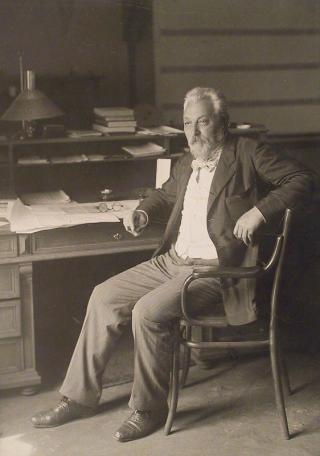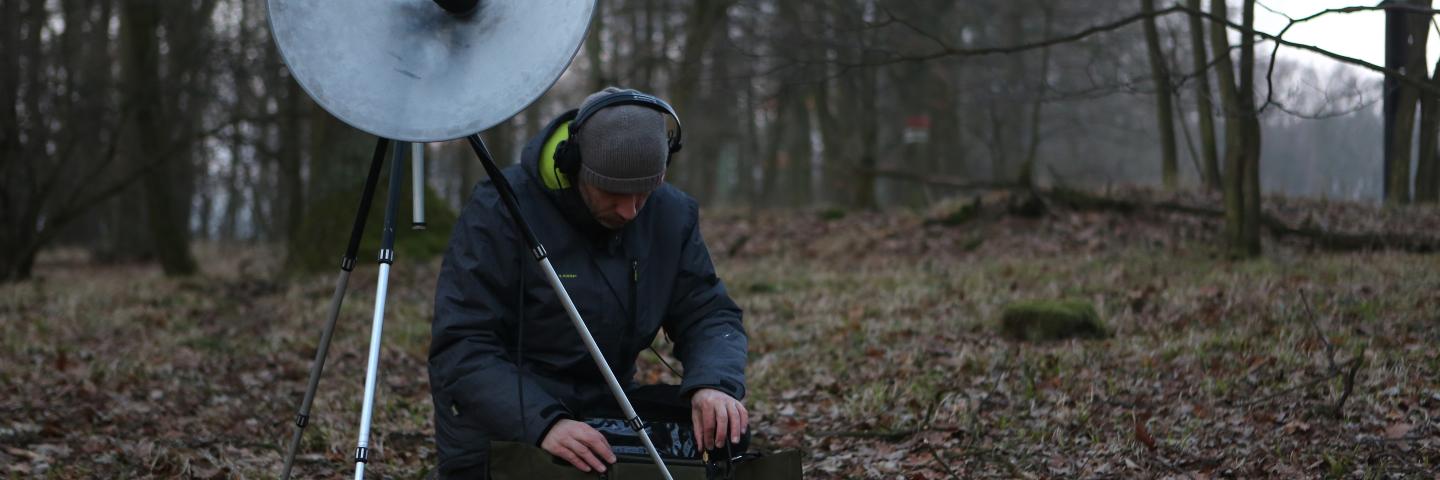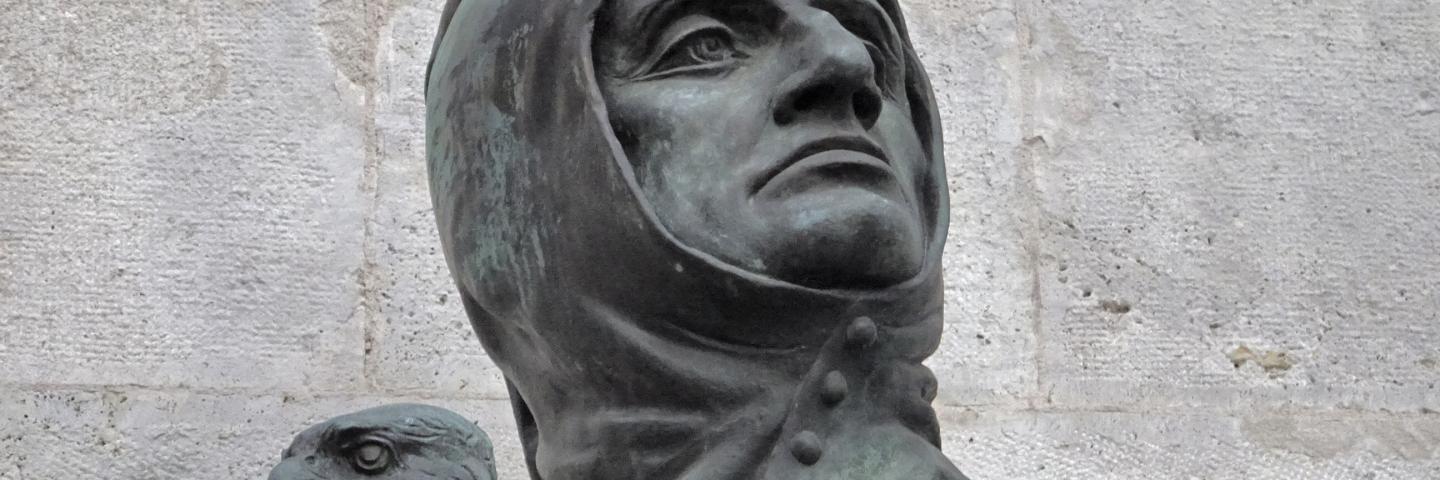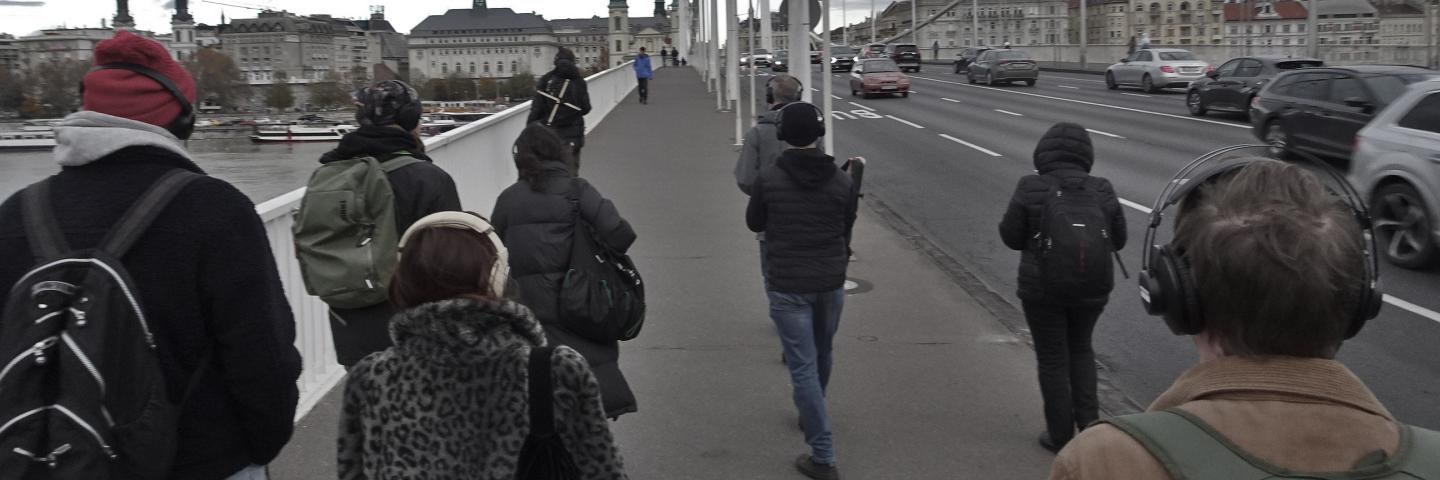Sigmund Exner

Sigmund Exner (1846 - 1926) is known for his work in comparative physiology and his studies of perception psychology from a physiological standpoint. He conducted important research on the localization of behavioral functionality in the brain, in particular studies on the functional architecture of the visual cortex. Exner investigated color contrast, hue adaptation, apparent motion, and the sensitivity of retinal regeneration. In 1899, he co-founded the Phonogrammarchiv in Vienna, an archive of acoustic phenomena used for scientific purposes.
He studied in Vienna under Ernst Wilhelm von Brücke (1819-1892), and in Heidelberg under Hermann von Helmholtz (1821-1894). In 1870 he received his degree and subsequently became an assistant at the physiological institute at the University of Vienna. In 1891 he succeeded Ernst von Brücke as professor of physiology and director of the institute of hygiene. He had three renowned brothers; law professor Adolf Exner (1841-1894), physicist Karl Exner (1842-1914) and physicist Franz Exner (1849-1926).
He was interested on how the brain analyzes movement, as well as localization of behavioral functionality in the brain. He conceptualized the brain as having a parallel-processing nerve network, and he performed numerous studies regarding organization of the associative connections in the brain. In an 1894 work titled Entwurf zu einer physiologischen Erklärung der psychischen Erscheinungen, he postulated how the brain's neural network worked.
Exner also did extensive research on sense physiology involving studies of vision and smell. He explained how the compound eye functions, and in 1891 published a book Die Physiologie der facettierten Augen von Krebsen und Insekten, describing the compound eye physiology of insects and crustaceans.


















